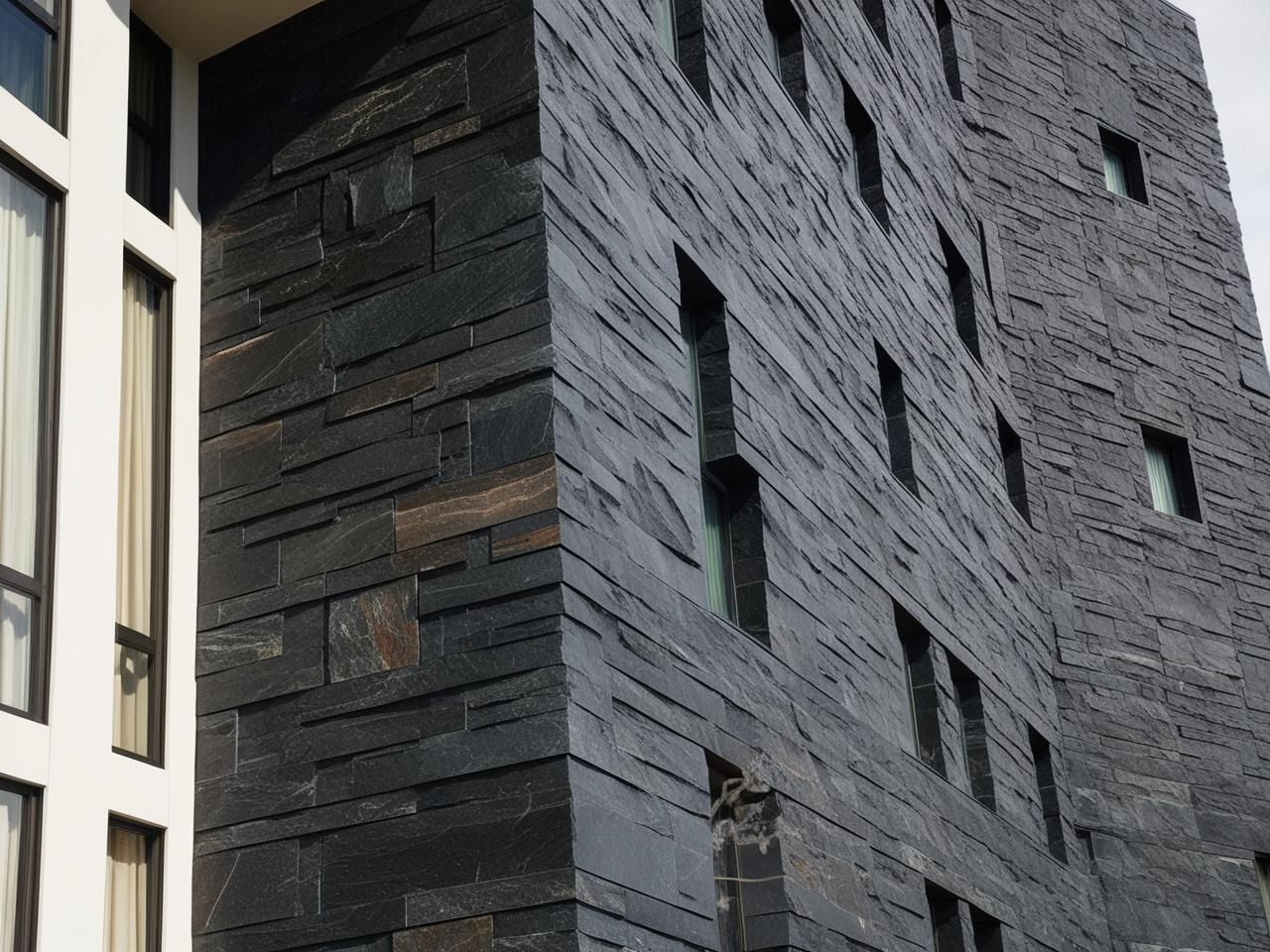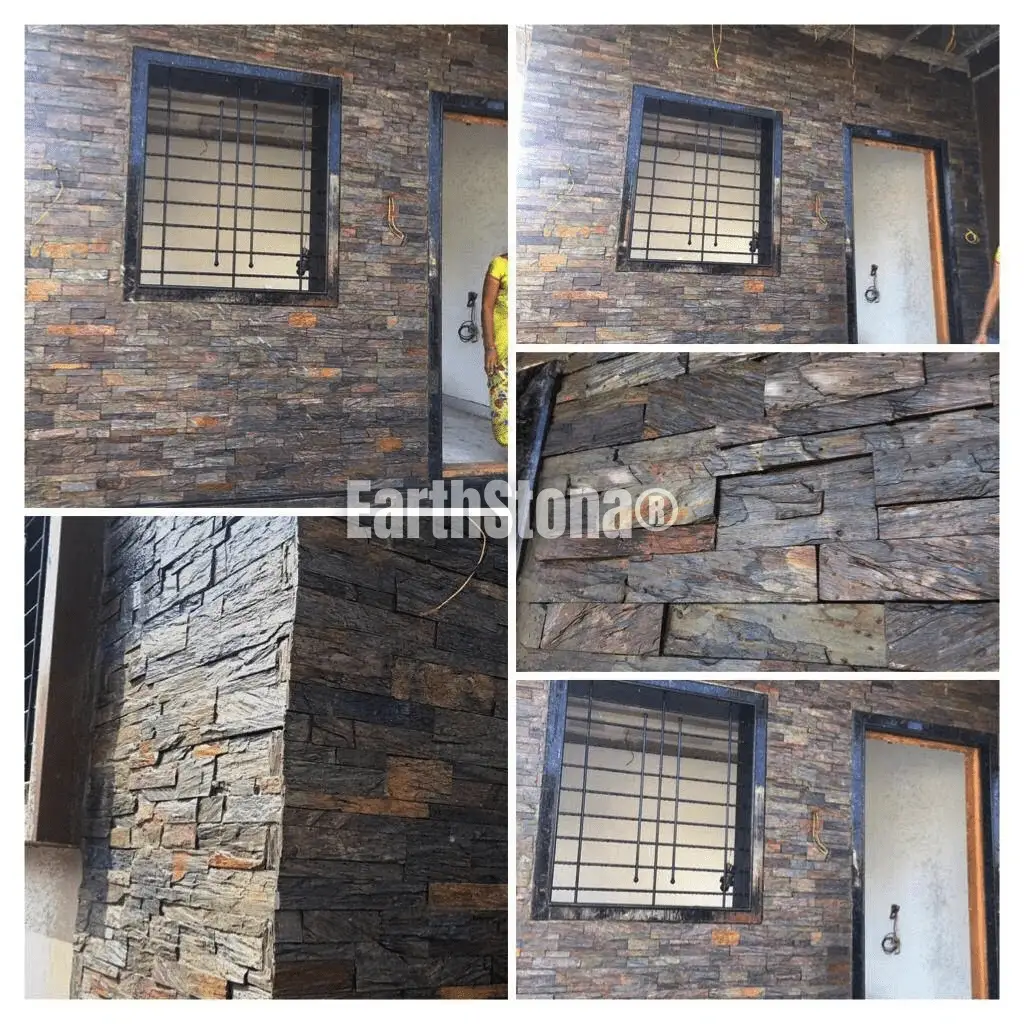- Login
- Register
The Ultimate Guide to Natural Stone Elevation: Trends, Installation, and FAQs

Natural stone elevation is a timeless and durable choice for enhancing the aesthetics of residential and commercial buildings. With a wide range of textures, colors, and finishes, natural stone cladding adds elegance and sophistication to any architectural design. This guide explores the latest trends in natural stone elevation, installation techniques, maintenance tips, and frequently asked questions.
Why Choose Natural Stone for Elevation?
1. Durability and Longevity
Natural stone is highly resistant to wear and tear, making it ideal for exterior applications. Unlike synthetic materials, it withstands extreme weather conditions without losing its charm.
2. Aesthetic Appeal
Each stone has a unique texture and pattern, offering a distinctive look to every project. Popular choices include sandstone, limestone, granite, slate, and quartzite.
3. Eco-Friendly and Sustainable
Since natural stone is sourced from the earth, it is a sustainable choice compared to manufactured alternatives.
4. Low Maintenance
With proper sealing, natural stone requires minimal upkeep and retains its beauty for decades.
Top Trends in Natural Stone Elevation for 2025
1. Mixed Material Facades
Combining stone with wood, glass, or metal enhances the visual appeal and adds depth to the structure.
2. Large Format Stone Slabs
Using oversized stone panels minimizes joints and creates a seamless, modern look.
3. Textured Stone Finishes
From rough-cut surfaces to chiselled and flamed textures, different finishes bring out the stone’s natural beauty.
4. Earthy and Neutral Tones
Soft beiges, warm grays, and muted browns are trending, complementing both traditional and contemporary architecture.
5. 3D Stone Cladding Designs
Patterns like geometric and abstract engravings add depth and character to building facades.
Step-by-Step Guide to Natural Stone Elevation Installation
Step 1: Selection of Stone
Choose a stone that suits your location’s climate and complements the overall design.
Step 2: Surface Preparation
Ensure the wall is clean, dry, and structurally sound before installation.
Step 3: Choosing the Right Adhesive
For dry cladding, mechanical fixings are used, while wet cladding requires strong adhesives like cement mortar.
Step 4: Stone Cutting and Placement
Use precision tools to cut stones as per the required dimensions and arrange them in the desired pattern.
Step 5: Fixing and Joint Sealing
Apply mortar or mechanical fasteners to secure the stones. Seal the joints to prevent water seepage.
Step 6: Final Finishing and Cleaning
Clean the surface thoroughly and apply a protective sealant for longevity.
Maintenance Tips for Natural Stone Elevation
- Regular Cleaning: Use a mild detergent and soft brush to remove dirt.
- Sealing: Apply a water-resistant sealant every few years.
- Avoid Harsh Chemicals: Acidic cleaners can damage the stone surface.
- Check for Damage: Inspect for cracks or loose stones and repair them promptly.
FAQs on Natural Stone Elevation
1. Is natural stone elevation expensive?
While the initial cost is higher than some synthetic materials, natural stone’s durability and timeless appeal make it a cost-effective choice in the long run.
2. Can natural stone withstand heavy rainfall?
Yes, natural stone is highly resistant to water when properly sealed and maintained.
3. How long does natural stone cladding last?
With proper care, it can last for several decades, often outliving the structure itself.
4. What is the best stone for home elevation?
Sandstone, granite, and limestone are popular choices due to their durability and aesthetics.
5. Does natural stone require frequent maintenance?
No, it requires minimal upkeep, primarily occasional cleaning and resealing.
Conclusion
Natural stone elevation is a perfect blend of elegance, durability, and sustainability. Whether you’re building a new home or renovating an existing structure, incorporating natural stone can add significant value and visual appeal. If you’re looking for a trusted manufacturer and exporter of natural stone in India, explore high-quality options at EarthStona.



